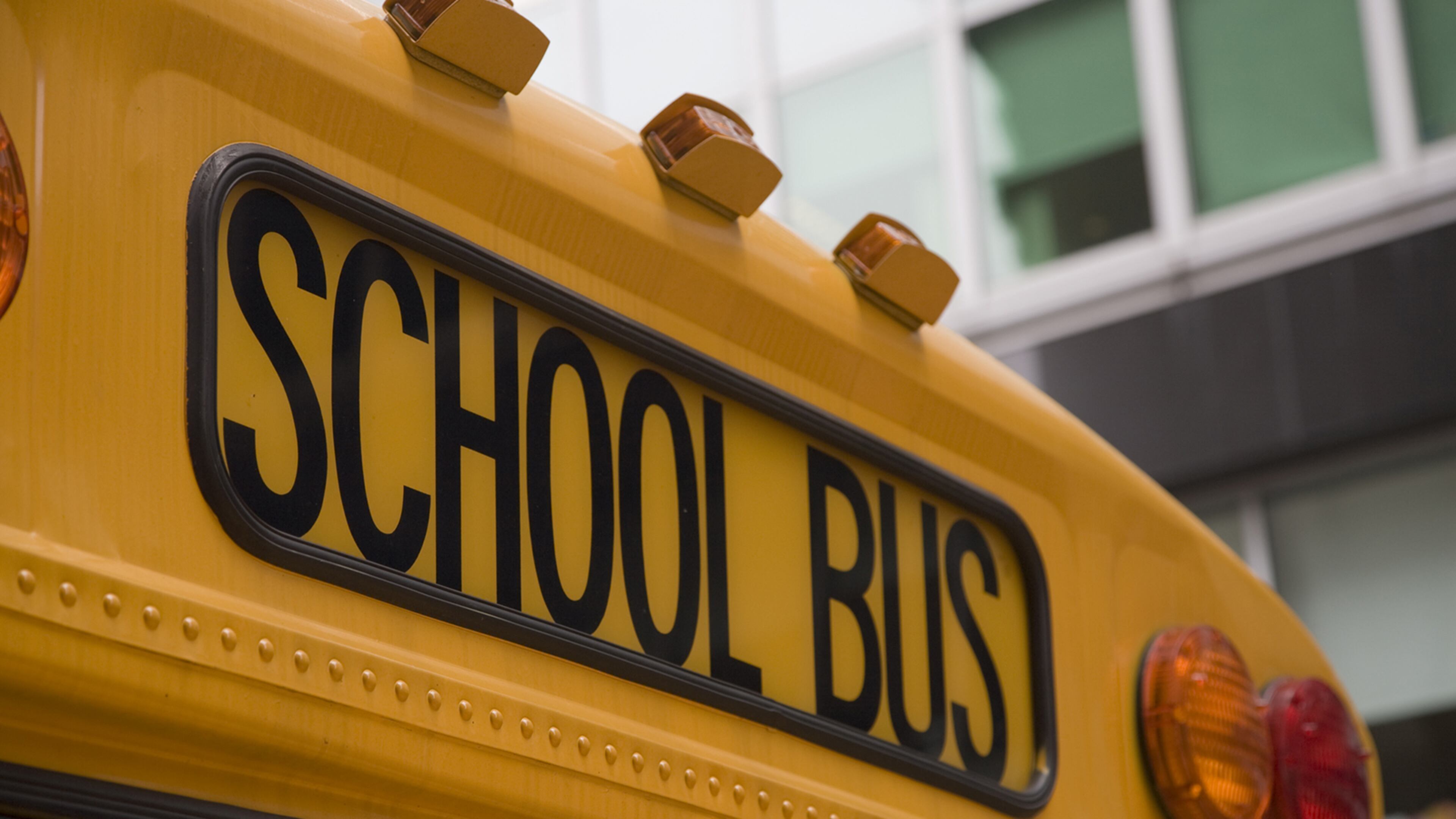Inequities persist for Black students, report finds

A new report from the Atlanta-based Southern Education Foundation finds that seven decades after the U.S. Supreme Court mandated racial integration of public schools, academic outcomes for Black students lag behind their peers.
The analysis, which examines various data sets, shows Black students on average have lower test scores, graduation rates and college enrollment rates than other students. Data show Black students also are disciplined at higher rates and have higher rates of chronic absenteeism. Educators often refer to the discrepancy in test scores between Black students and their peers as the “achievement gap.” But SEF research director Max Altman said that’s a misnomer.
“The outcome gaps that we see, which are real, are caused by opportunity gaps, and these are systemic issues in the education system that simply present some students with more opportunity to learn than others,” Altman said during a media teleconference.
The report, “Miles to Go: The State of Education for Black Students in America,” says despite attempts to desegregate schools since the landmark Brown v. Board of Education ruling in 1954, many U.S. public schools remain segregated by race. The analysis shows Georgia is one of 10 states with the highest rates of school segregation for Black students. Data show 84% of Black students in Georgia attend schools where at least 50% of the school population are students of color. Almost half the Black students in Georgia — 47% — attend schools where more than 90% of students are people of color.
That’s important, Altman said, because predominantly Black schools tend to be under-resourced. A discriminatory housing practice implemented after the Great Depression, called “redlining,” pushed Black Americans into neighborhoods with lower property values. That resulted in less tax revenue for schools, he said.
“This continues today. ... We see echoes of these resource gaps that have simply continued,” Altman said.
In addition to K-12 public schools, the report also examines inequities in early and higher education. The analysis says 15% of Black children are enrolled in high-quality child care programs, compared to 24% of white children. College enrollment rates for Black students also tend to be lower, the report says.
Lower college enrollment rates for Black students could be due to a lack of access to advanced classes, the analysis finds. The Advanced Placement program offers college-level courses in a range of subjects, including math, history, English, chemistry and biology. The report says Black students make up 14.9% of all K-12 students nationwide, but only 9.5% of AP students.
“Some students are simply presented with less opportunity to learn and succeed in schools, and many of those students of color who do, and particularly Black students, must succeed in spite of the education system rather than because of it,” he said.

In addition to segregation of students, the report points out there’s a need for more Black teachers in schools. Although Black students comprise 14.9% of students in U.S. public schools, just 6.1% of teachers are Black. In Georgia, nearly 40% of public school students are Black, while roughly 25% of teachers are Black.
Research shows if Black students have at least one Black teacher throughout their K-12 career, they are more likely to graduate from high school and enroll in college. Having a diverse teaching staff also is linked to better outcomes for all students.
Policy improvements could even out some of these inequities, starting with funding, Altman said. Georgia lawmakers long have debated adding a “poverty weight” to the state’s school funding formula. That essentially would allocate more money to schools in impoverished areas and could provide more resources, such as access to advanced courses. The SEF report shows Georgia spends $14,660 per pupil, which is less than the national average of $17,280 per pupil.
SEF President Raymond Pierce hopes the report will motivate people to get involved in their local public school system.
“[T]hat would ultimately result in greater improvements and graduation rates of students more prepared to meet the human resource needs of the community. That’s my hopeful scenario,” he said.



